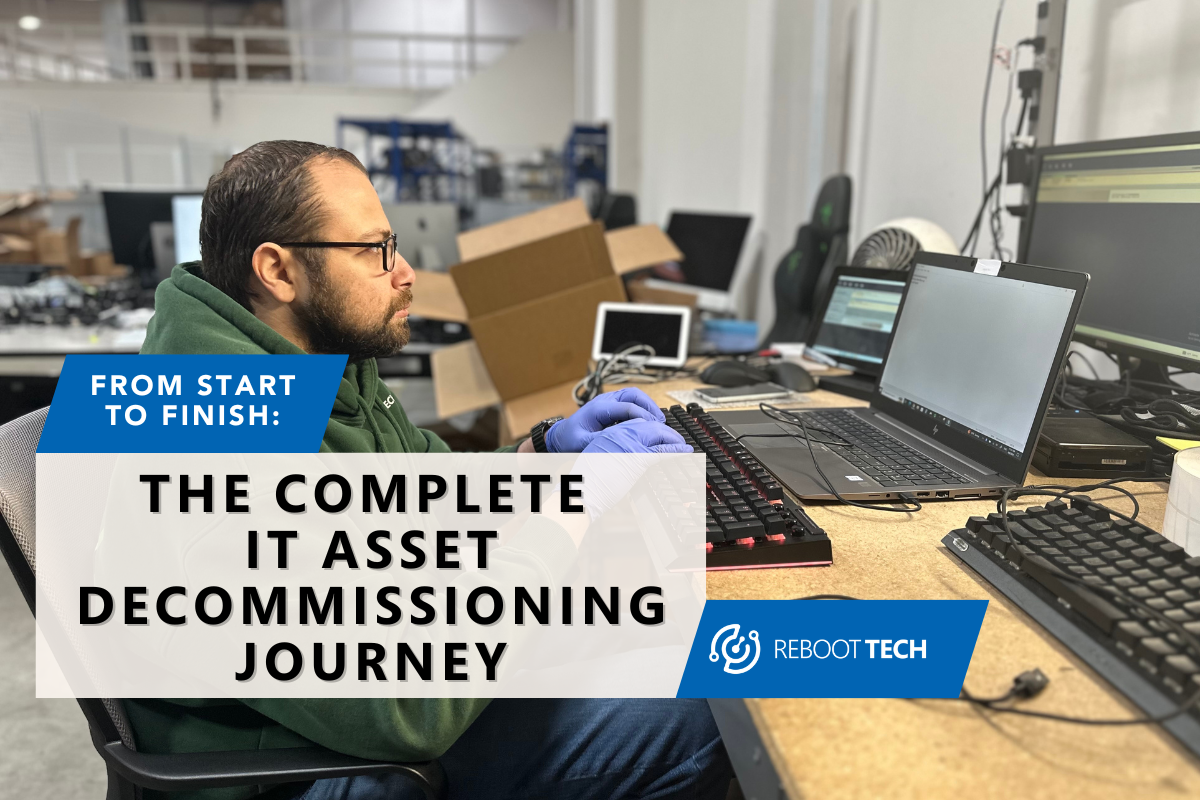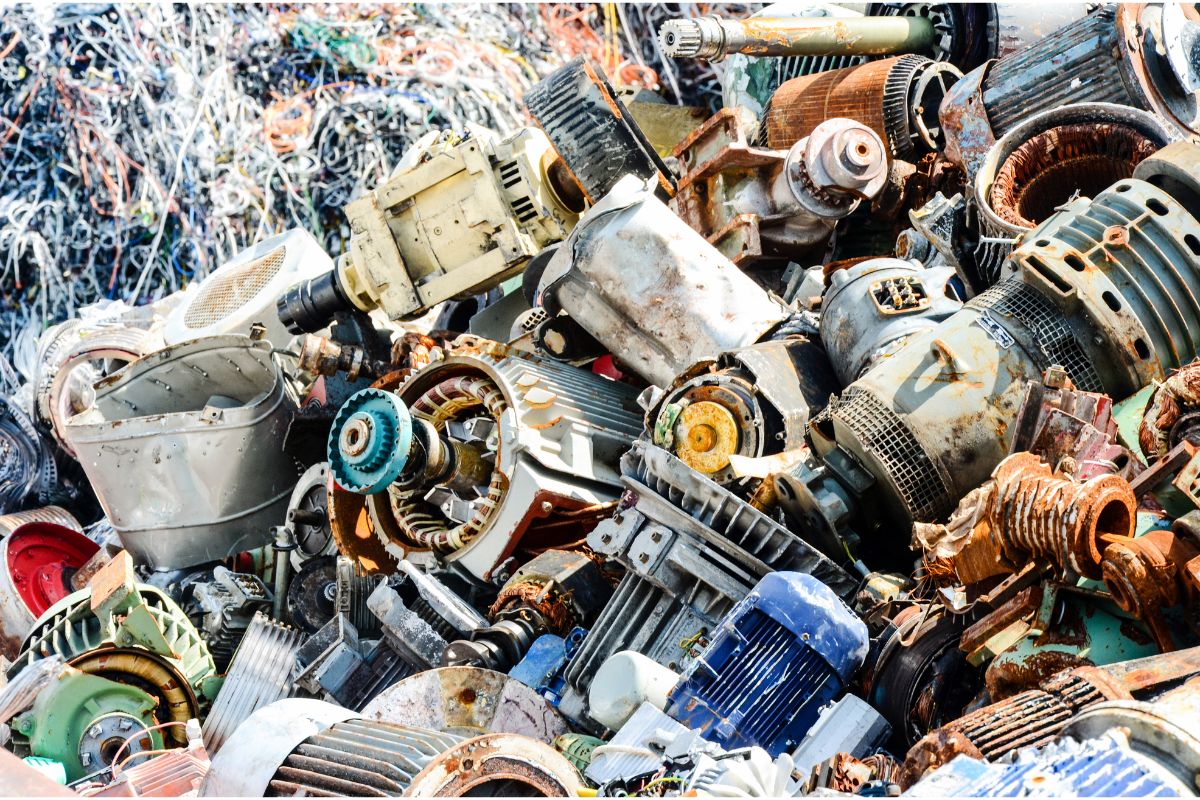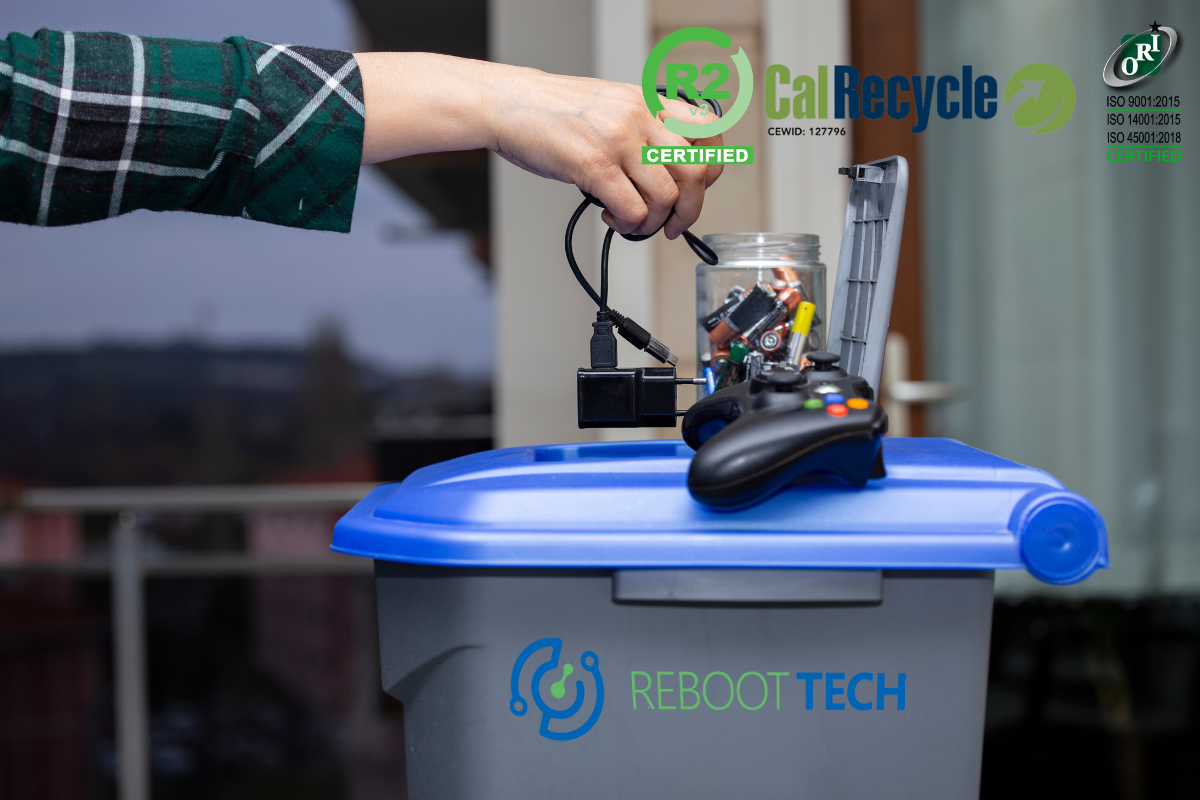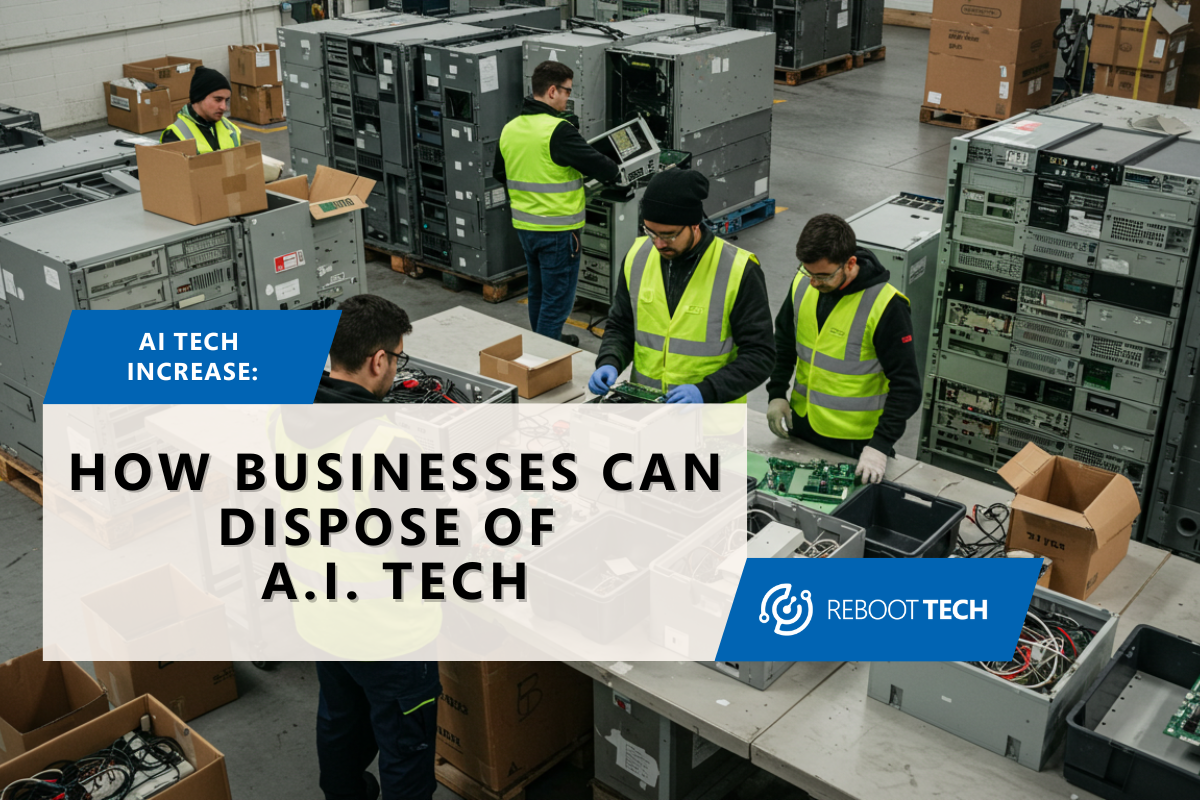
From Start to Finish: The Complete IT Asset Decommissioning Journey
It’s a good practice to keep your electronics in good shape, and you should give yourself a big pat on the back for doing so. However, no matter how well you take care of them, they are bound to slow down at some point. Whether you’ve had them for a long time, you dropped them, or you simply want to upgrade to something newer and faster, you’re bound to want to get rid of your old electronics in favor of new ones.
In today’s fast-paced digital landscape, businesses frequently upgrade their IT infrastructure to stay competitive and meet evolving demands. However, replacing outdated equipment requires careful planning and execution to ensure the secure and environmentally responsible disposal of retired assets. This comprehensive guide explores the entire IT Asset Disposition (ITAD) process, highlighting its importance, the steps involved, best practices, and common challenges.
Understanding IT Asset Disposition
IT Asset Disposition is essentially the process of managing electronic equipment when it reaches the end of its useful life. Imagine you’re the manager of a small business, and you’ve decided to upgrade all your computers to newer models.
Now, what do you do with the old ones? That’s where ITAD comes in. Instead of just throwing them away, you need to properly dispose of them. This involves securely wiping any sensitive data from the hard drives, then deciding whether to recycle, resell, or donate the equipment.
Let’s say you choose to recycle the old computers. In this scenario, a certified ITAD provider would come and collect the equipment from your office. They would then take it to a facility where it’s disassembled, and the various components are sorted for recycling.
This ensures that valuable materials like metals and plastics are recovered and reused, rather than ending up in a landfill. By properly managing your IT assets in this way, you not only protect your company’s sensitive information but also contribute to environmental sustainability.

Importance For Businesses
Implementing IT Asset Disposition (ITAD) practices is crucial for businesses for several reasons. Firstly, it significantly lowers security risks associated with outdated or retired electronic devices. For example, imagine a company upgrading its computers without properly disposing of the old ones.

If these devices still contain sensitive data and end up in the wrong hands, it could lead to data breaches, financial losses, and damaged reputation. However, with effective ITAD processes in place, such as data wiping or physical destruction of storage devices, businesses can ensure that no confidential information remains accessible once the devices leave their possession.
Secondly, ITAD helps protect the environment by responsibly disposing of electronic waste. Consider a scenario where a company accumulates a large amount of obsolete electronic equipment over time. Without proper disposal methods, these devices may end up in landfills, leading to pollution and environmental damage due to the hazardous materials they contain.
However, by partnering with ITAD providers who specialize in e-waste recycling, businesses can ensure that their old equipment is recycled or refurbished, minimizing the impact on the environment. Additionally, by extending the life cycle of electronic devices through refurbishment or resale, ITAD practices contribute to resource conservation and sustainable resource management.
Steps Involved in ITAD
The process has a few main steps:
- Inventory and Check: Find and list all assets, checking their condition and data.
- Backing Up and Moving Data: Copy and move important data to new systems or storage.
- Destroying Data: Erase or destroy data on old stuff to keep it safe from unwanted access.
- Getting Rid of Stuff: Take out hardware safely for recycling, selling, or eco-friendly disposal.
- Keeping Records: Keep good records of what was disposed of and how to follow rules and audits.
Data Destruction
Ensuring data security is vital during this process. Different methods, like data wiping, degaussing, and physically destroying, make sure sensitive information is permanently removed from old assets. Professional data destruction services use standard techniques to prevent data breaches and comply with regulations. At Reboot Tech, we make sure to properly erase your data so that your sensitive information cannot be accessed by third parties when you recycle them.
Environmentally Friendly Disposal
Did you know that electronic waste is actually the fastest-growing waste stream on the planet? It’s shocking, but entirely true; e-waste poses several environmental challenges due to toxic components and improper disposal. Environmentally friendly decommissioning means recycling electronic parts, reclaiming valuable materials, and reducing landfill waste. Working with certified e-waste recyclers ensures responsible disposal and minimizes the environmental impact of the ITAD process.

Best Practices
Following best practices is essential for successful IT Asset Disposition. Key recommendations include:
- Establishing clear policies and procedures.
- Regularly updating inventory and asset tracking systems.
- Hiring certified vendors for data destruction and disposal services.
- Conducting thorough compliance audits and risk assessments.
- Educating employees on proper asset handling and disposal procedures.
Common Challenges
IT Asset Disposition (ITAD) can be tricky for businesses. Here are some challenges they might face:
- Data Security: Making sure all data is properly erased to avoid any risks.
- Regulatory Compliance: Following rules, especially in industries with strict regulations.
- Budget Limits: Working within a budget while planning.
- Operational Hiccups: Dealing with disruptions when switching to new IT systems.
- Environmental Awareness: Not knowing the best ways to dispose of assets sustainably.
Regulations and Benefits of Professional Services
When it comes to regulations, businesses must follow the laws. It can be hard keeping up with all the regulations, as they also vary from state to state in the U.S. For example, California has a specific bill called Senate Bill 20, which was established in 2003 to fund the collection of hazardous e-waste. To comply, this means you have to know about data protection, environmental standards, and any industry-specific requirements. By doing this, businesses can stay out of legal trouble and reduce risks.
Another way is to seek professional assistance. Professional service providers bring expertise, experience, and specialized equipment to ensure efficient and secure asset disposal. Moreover, partnering with reputable vendors reduces organizational burden, enhances compliance, and mitigates operational risks.

It’s also important that you know about the important certifications when working with a company. When recycling your electronics, make sure the company you’re working with is R2v3 Certified. The R2v3 certification shows that the electronic recyclers you work with use the best and safest environmental practices. There are others to look out for such as the ISO certifications and being apart of CalRecycle as well. You can learn more about these here.
The End of the Process
At the end of the IT Asset Disposition (ITAD) process, the focus shifts to ensuring proper disposal or recycling of end-of-life electronics. Let’s imagine a scenario where a company has just upgraded its computers and needs to get rid of the old ones. Once the ITAD provider picks up the old computers, they carefully track each device from start to finish. This means they keep a record of every step, from the moment they pick up the computers to the final disposal or recycling.
In another scenario, a business is replacing its outdated servers with newer models. After the ITAD provider removes the old servers, they securely transport them to a facility for proper disposal. Throughout the process, every server is carefully logged and tracked to ensure it’s disposed of in an environmentally friendly and secure manner.
IT Asset management is crucial for businesses to manage their end-of-life electronics responsibly. By partnering with a reliable ITAD provider like Reboot Tech LLC, businesses can ensure data security and environmental sustainability. Every step of the ITAD process is carefully tracked, giving businesses peace of mind knowing their electronics were properly disposed of or recycled. If your business is in need of an ITAD partner, don’t hesitate to contact us at Reboot Tech LLC.






